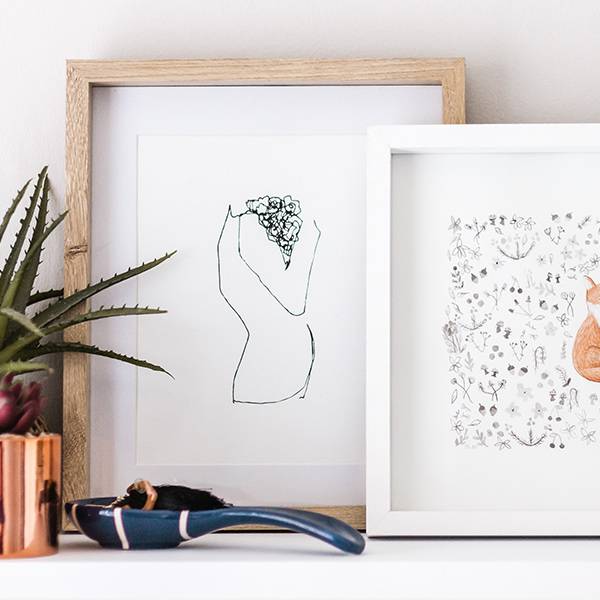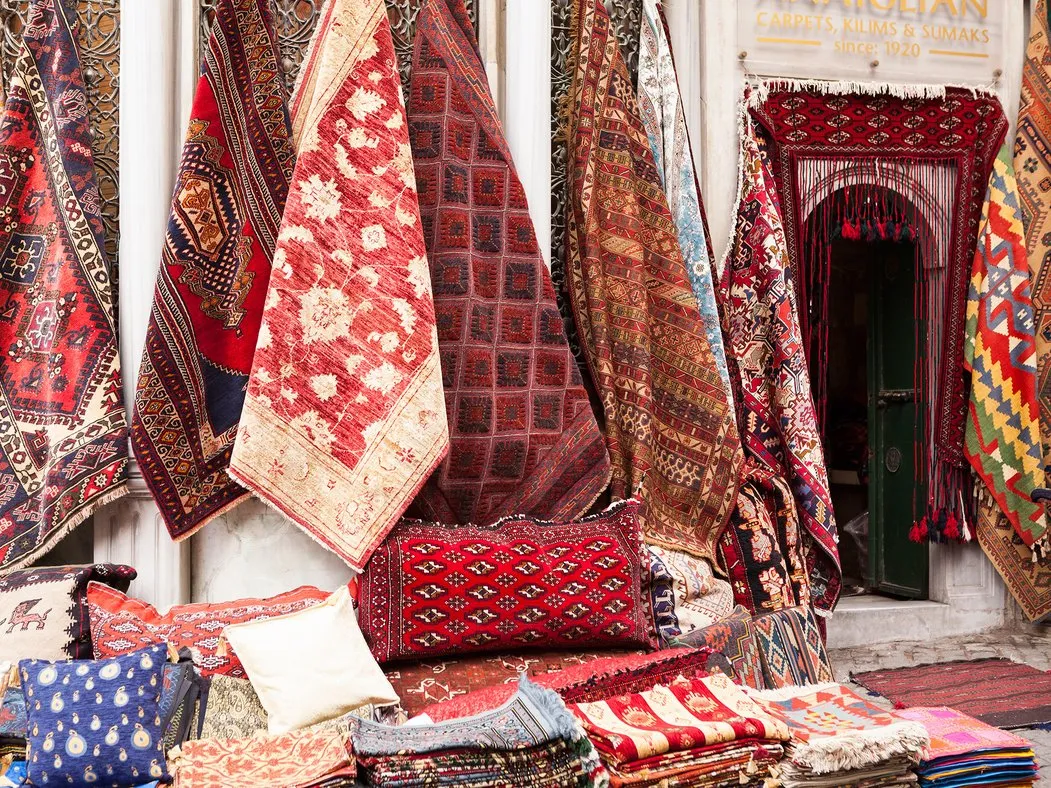Traditional Turkish Textiles: A Journey Through History and Culture
In the vibrant tapestry of Turkish culture, textiles stand as a testament to centuries of craftsmanship, tradition, and innovation. From the intricate patterns of kilims to the luxurious silks of Ottoman court attire, Turkish textiles have captivated admirers around the world, weaving stories of heritage and artistry. Let us embark on a journey through the rich tapestry of traditional Turkish textiles, exploring their historical significance and enduring cultural legacy.
The roots of Turkish textile tradition date back to ancient times, with evidence of weaving found in archaeological sites dating back thousands of years. The Hittites, an ancient Anatolian civilization, were skilled weavers who produced textiles using techniques that would influence generations to come. As trade routes flourished, Turkish textiles became sought-after commodities, prized for their quality and beauty.
One of the most iconic Turkish textile traditions is the art of kilim weaving. Kilims, flat-woven rugs or tapestries, are adorned with geometric patterns and vibrant colors, reflecting the diverse regional styles found across Turkey. Each kilim tells a unique story, with motifs often carrying symbolic meanings passed down through generations. From the nomadic tribes of Anatolia to the grand palaces of Istanbul, kilims have been an integral part of Turkish life for centuries.
Another hallmark of Turkish textile craftsmanship is the art of carpet weaving. Turkish carpets are renowned for their exceptional quality and intricate designs, with techniques perfected over centuries. The city of Hereke, located near Istanbul, became famous for its silk carpets woven for the Ottoman court. These exquisite creations adorned palaces and mosques, showcasing the opulence and grandeur of the empire.
Silk production also played a significant role in Turkish textile history. Bursa, in northwest Turkey, was renowned for its silk industry, with artisans producing luxurious fabrics favored by royalty and the elite. The city’s silk bazaar, known as Koza Han, was a bustling center of commerce where silk merchants from across the region converged to trade their wares.
In addition to kilims, carpets, and silk, Turkish textiles encompass a wide range of other traditional crafts, including embroidery, needlework, and weaving techniques such as çini (tilework) and çorap işi (sock knitting). These intricate art forms are passed down through generations, preserving cultural heritage and fostering a sense of identity among Turkish communities.
Today, Turkish textiles continue to thrive, blending tradition with contemporary design to create innovative and inspiring works of art. Artisans across the country are revitalizing ancient techniques, experimenting with new materials, and adapting to changing tastes while staying true to their cultural roots.
In a world where mass production often eclipses craftsmanship, Turkish textiles serve as a reminder of the enduring power of tradition and the timeless beauty of handmade artistry. As we admire these exquisite creations, we not only celebrate the skill and creativity of Turkish artisans but also honor the rich tapestry of history and culture that they represent.
By : Mimi Moda
Manufacturing process and selection of high quality fabrics at Mimi Moda
Mimi Moda is a leading company in the field of manufacturing clothing and uniforms for institutions, hospitals and restaurants, and is distinguished by its focus on providing high-
Benefits of importing from Türkiye
Importing from Turkey has become an attractive option for many companies and individuals around the world due to the many advantages this country offers. These benefits vary and in
Success Story with Mimi Moda
Success Story with Mimi Moda In Riyadh, Khalid, the owner of a successful local restaurant chain, decided to expand his business and open new branches across the country. To achiev
Luxury shopping in Istanbul
Luxury shopping in IstanbulHere are some popular places for luxury shopping in Istanbul: Nisantasi: Nisantasi is a high-end shopping district in Istanbul, known for its designer bo
Things to do in Istanbul:
Things to do in Istanbul: Explore the Historic Sites: Visit iconic landmarks such as the Hagia Sophia, Topkapi Palace, Blue Mosque, and the Grand Bazaar to immerse yourself in Ista
Tips for coordinating colors in veiled clothes
Coordinating colors in veiled clothes can add a touch of elegance and beauty to your look. Here are some tips for coordinating colors beautifully:Basic and neutral colors:Basic col
Best Shopping Malls in Istanbul 2024
Best Shopping Malls in Istanbul 2024 Istinye Park: It is one of the largest shopping malls in Istanbul and offers a wide variety of international and local brands. It is known for
Islamic Fashion
Islamic Fashion: Turkish Influence and Global Appeal Islamic fashion, characterized by modesty while remaining stylish and contemporary, has seen significant influence from Turkish
How to start a wholesale clothing business
How to start a wholesale clothing business: tips and advice from Mimi Moda Starting a wholesale clothing business can be a profitable and exciting move, especially in a growing mar
















